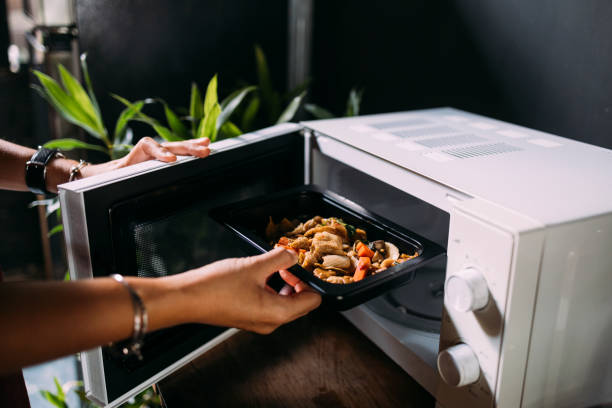Carnations are beloved flowers known for their vibrant colors, delicate petals, and delightful fragrance. Whether you’re a novice gardener or have some experience with cultivating plants, growing carnations can be a rewarding and enjoyable endeavor. In this beginner’s guide, we’ll walk you through everything you need to know to successfully grow carnations and enjoy their beauty in your garden.
Understanding Carnations
What are Carnations?
Carnations (Dianthus caryophyllus) are perennial flowering plants native to the Mediterranean region. They belong to the Dianthus genus and are prized for their showy, ruffled flowers and sweet fragrance. Carnations come in a variety of colors, including pink, red, white, yellow, and bi-color combinations.
Getting Started
1. Choosing Varieties:
- Selecting the right carnation varieties is the first step in successful cultivation. Choose from standard carnations with large, single flowers, miniature carnations with smaller blooms, or spray carnations with multiple flowers per stem.
2. Selecting a Planting Location:
- Carnations thrive in full sun to partial shade. Choose a planting location with well-drained soil and good air circulation. Avoid areas prone to waterlogging or dense shade.
3. Preparing the Soil:
- Prepare the soil by amending it with organic matter, such as compost or well-rotted manure, to improve fertility and drainage. Aim for a slightly acidic to neutral soil pH (around 6.0 to 6.5).
4. Starting from Seeds or Transplants:
- Carnations can be grown from seeds or transplants. If starting from seeds, sow them indoors 8-10 weeks before the last frost date. Transplants can be purchased from nurseries or garden centers.
Planting and Care
1. Planting Seeds or Transplants:
- If starting from seeds, sow them in seed trays filled with seed-starting mix. Keep the soil moist and provide adequate light until seedlings emerge. Transplant seedlings into individual pots once they develop true leaves.
- If planting transplants, dig a hole slightly larger than the root ball and place the plant at the same depth as it was in its nursery container. Backfill the hole and water thoroughly.
2. Watering:
- Keep the soil consistently moist but not waterlogged. Water carnations at the base of the plant to prevent wetting the foliage, which can lead to fungal diseases. Water early in the day to allow foliage to dry before evening.
3. Fertilization:
- Feed carnations with a balanced fertilizer once a month during the growing season. Follow the manufacturer’s instructions for application rates and timing.
4. Deadheading:
- Remove faded flowers regularly to promote continuous blooming and prevent the plant from diverting energy into seed production. This encourages the growth of new blooms and prolongs the flowering period.
5. Mulching:
- Apply a layer of mulch around carnation plants to conserve moisture, suppress weeds, and regulate soil temperature. Use organic mulch, such as shredded bark or compost, and avoid piling it against the stems.
Pests and Diseases
1. Pests:
- Keep an eye out for common pests such as aphids, spider mites, and thrips. Treat infestations promptly with insecticidal soap or neem oil.
2. Diseases:
- Carnations are susceptible to fungal diseases such as powdery mildew and botrytis blight. Ensure good air circulation, avoid overhead watering, and remove and dispose of any infected plant material to prevent the spread of disease.
Conclusion
Growing carnations is a rewarding experience that allows you to enjoy the beauty and fragrance of these charming flowers in your garden. By following the tips outlined in this beginner’s guide and providing proper care and attention, you can cultivate healthy, vibrant carnation plants that brighten up your outdoor space with their colorful blooms. With a little effort and patience, you’ll soon be rewarded with a stunning display of flowers that will delight you for years to come.



